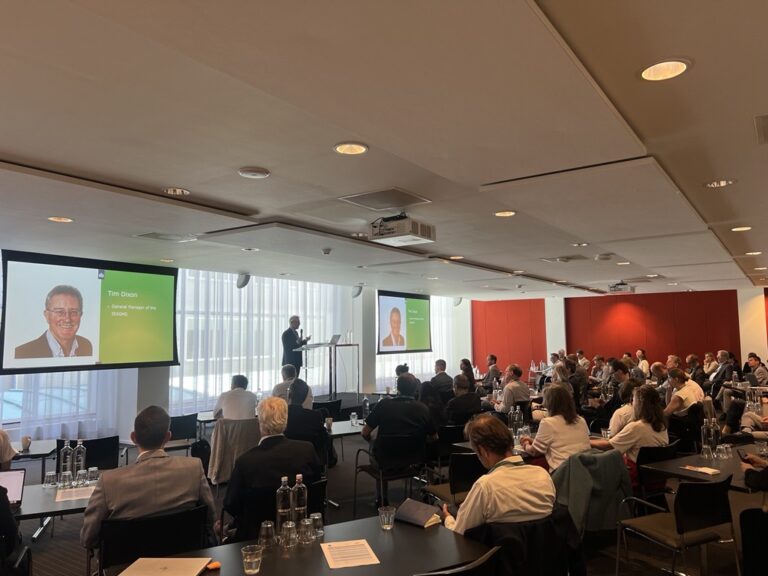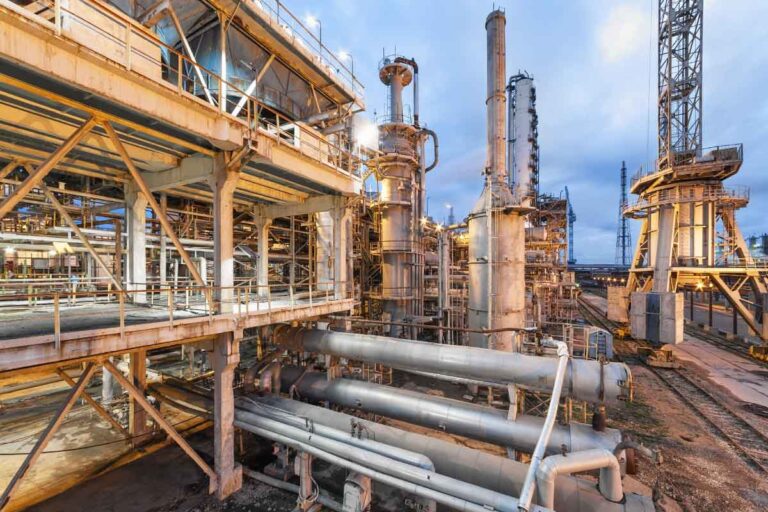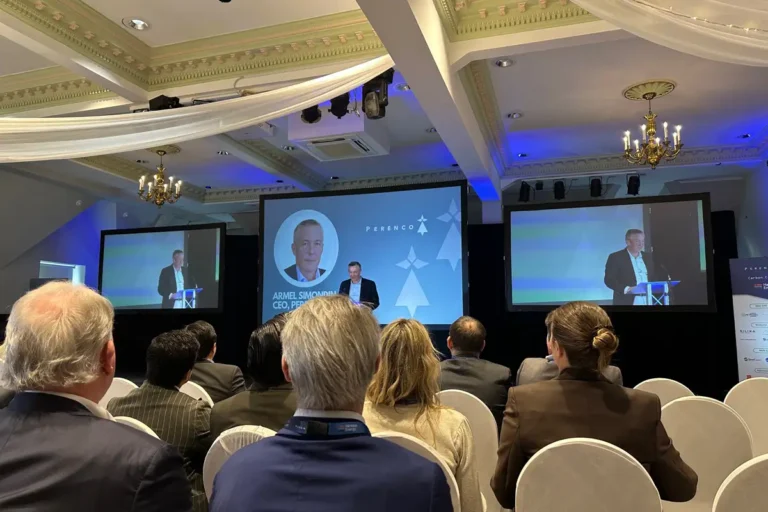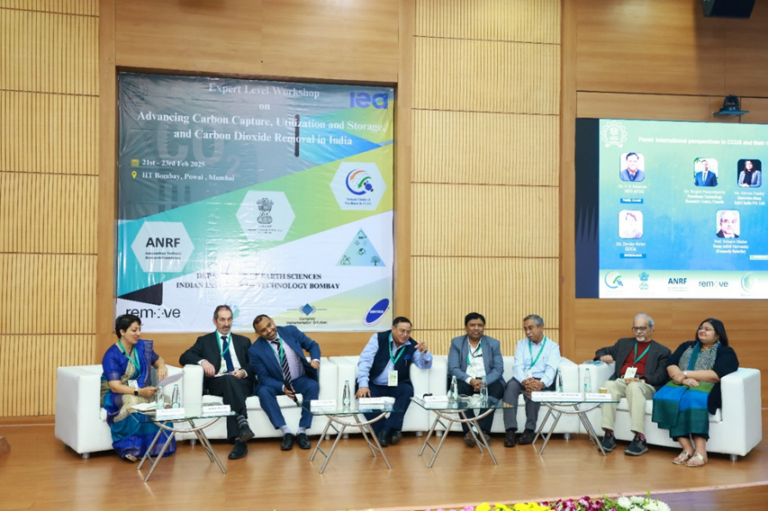
New IEAGHG report: CCS Industry Build-Out Rates – Comparison with Industry Analogues
4 July 2017

Over recent decades, it has become apparent that there is no one single technological solution to solve the problem of reducing anthropogenic greenhouse gas emissions; a portfolio of low-carbon energy technologies needs to be deployed in parallel. Most climate scenarios targeting 2°C or well below 2°C confirm that carbon capture and storage (CCS) is an essential element in this portfolio as it significantly increases the probability of reaching the emission reductions required and at least cost. Roadmaps have established that widespread deployment of CCS is needed to deliver this contribution.
The urgency of accelerating the deployment of CCS increases with time. While ambitions have been growing firmer, through developments such as the Paris Agreement, the pace of deployment of CCS has been slow, with only some fifteen large-scale facilities in operation today. The slow pace, however, has not been due to technical or physical limitations of building out the industry; a major barrier has been the absence of market incentives, compounded by the fact that capture projects need access to transport and storage infrastructures, the development of which takes time. With CCS roadmaps show a steep curve for CCS industry build-out, the question has been raised “Can the CCS industry build out at the rates projected in CCS roadmaps?” To address this question, the study compares the anticipated CCS build-out rates with those achieved in other sectors, where comparable technologies in those sectors have been used as analogues.
The study finds that the rate of build-out in industry analogues has been comparable to the rates now being anticipated for CCS. Considering these analogies, it is shown that, if sufficiently strong incentives for a technology are established, industry can achieve the rapid build-out rates required for the projected scale of deployment. This suggests that CCS development, while requiring substantial growth, may not be constrained by physical limitations in supply chain and industry build-out. However, substantial efforts would be required from both the public and the private sectors to deliver and maintain the anticipated build-out rates over the coming decades. These would include strong market incentives, stable policy commitment, government leadership and public support. While it is recognised that analogies have limitations, this study has shown it to be tenable technically that the anticipated CCS build-out rates can be realised in a supporting environment.
Other articles you might be interested in
Get the latest CCS news and insights
Get essential news and updates from the CCS sector and the IEAGHG by email.
Can’t find what you are looking for?
Whatever you would like to know, our dedicated team of experts is here to help you. Just drop us an email and we will get back to you as soon as we can.
Contact Us NowOther articles you might be interested in
Get the latest CCS news and insights
Get essential news and updates from the CCS sector and the IEAGHG by email.
Can't find what you are looking for?
Whatever you would like to know, our dedicated team of experts is here to help you. Just drop us an email and we will get back to you as soon as we can.
Contact Us Now









